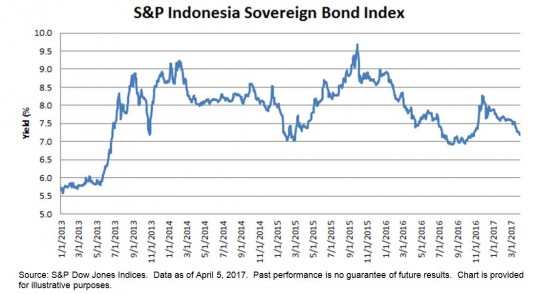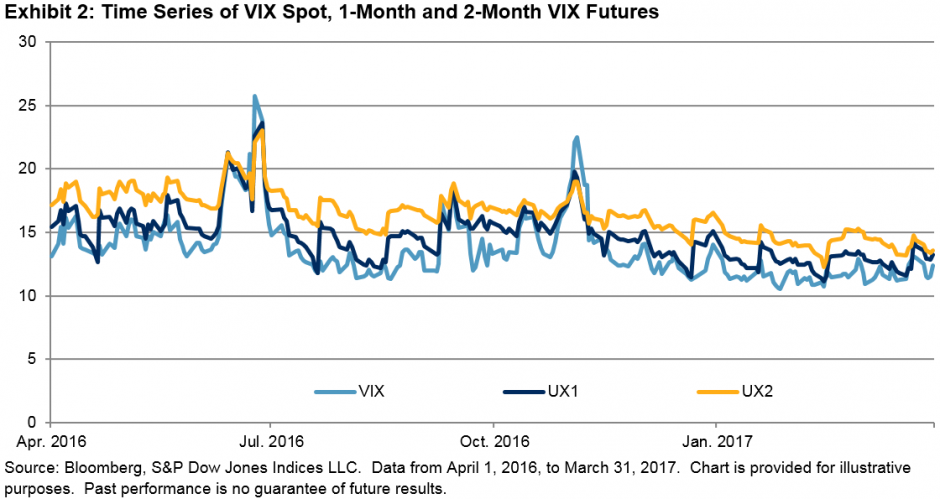Social Security benefits are the gold standard of retirement income. As Nobel Laureate Robert Merton commented in his article “The Crisis in Retirement Planning,” published in the Harvard Business Review (July/August 2014): “Ask someone what her pension is worth and she will reply with an income figure: ‘two-thirds of my final salary,’ for example. Similarly, we define Social Security benefits in terms of income.” In this blog, I will turn it around and try to put a price tag on this stream of retirement income.
This may be timely, as anyone who has read their Social Security statement lately might agree. As of March 2017, the Social Security Administration includes the following message in the statement received by current and prospective social security benefit recipients: “Your estimated benefits are based on current law. Congress has made changes to the law in the past and can do so at any time. The law governing benefit amounts may change because, by 2034, the payroll taxes collected will be enough to pay only about 79 percent of scheduled benefits.”
If we wanted to provide for ourselves the potential shortfall of 21% in our social security benefits in 2034, how much would it cost us?
To answer this question, we consider that the current cost of a single life income annuity paying USD 1,000 per month is around USD 185,000. Since social security benefits are adjusted for inflation, the cost of such a single life income annuity would be higher. Without knowing the pattern of inflation changes over time, most annuity providers assume a 2% annual increase in monthly incomes. With a 2% annual increase option, the current cost of this single life income annuity is about 23% higher, at USD 227,300.
The next step is to determine the monthly social security benefits one would receive. Assuming the retiree is currently receiving USD 2,500 per month, the projected 21% reduction by 2034 would mean roughly USD 500 less per month. Thus, since we know it would cost the retiree USD 227,300 to get USD 1,000 per month for life with a 2% annual increase, in order to replace USD 500 a month, the retiree would need to come up with one-half of USD 227,300, or USD 113,650, to get back up to the USD 2,500 monthly income, in current U.S. dollars.
Looking at this another way, if securing USD 1,000 per month costs USD 227,300 now, that means the value of the USD 2,500 monthly income in social security benefits would be worth about USD 568,255 in current U.S. dollars.
The posts on this blog are opinions, not advice. Please read our Disclaimers.















